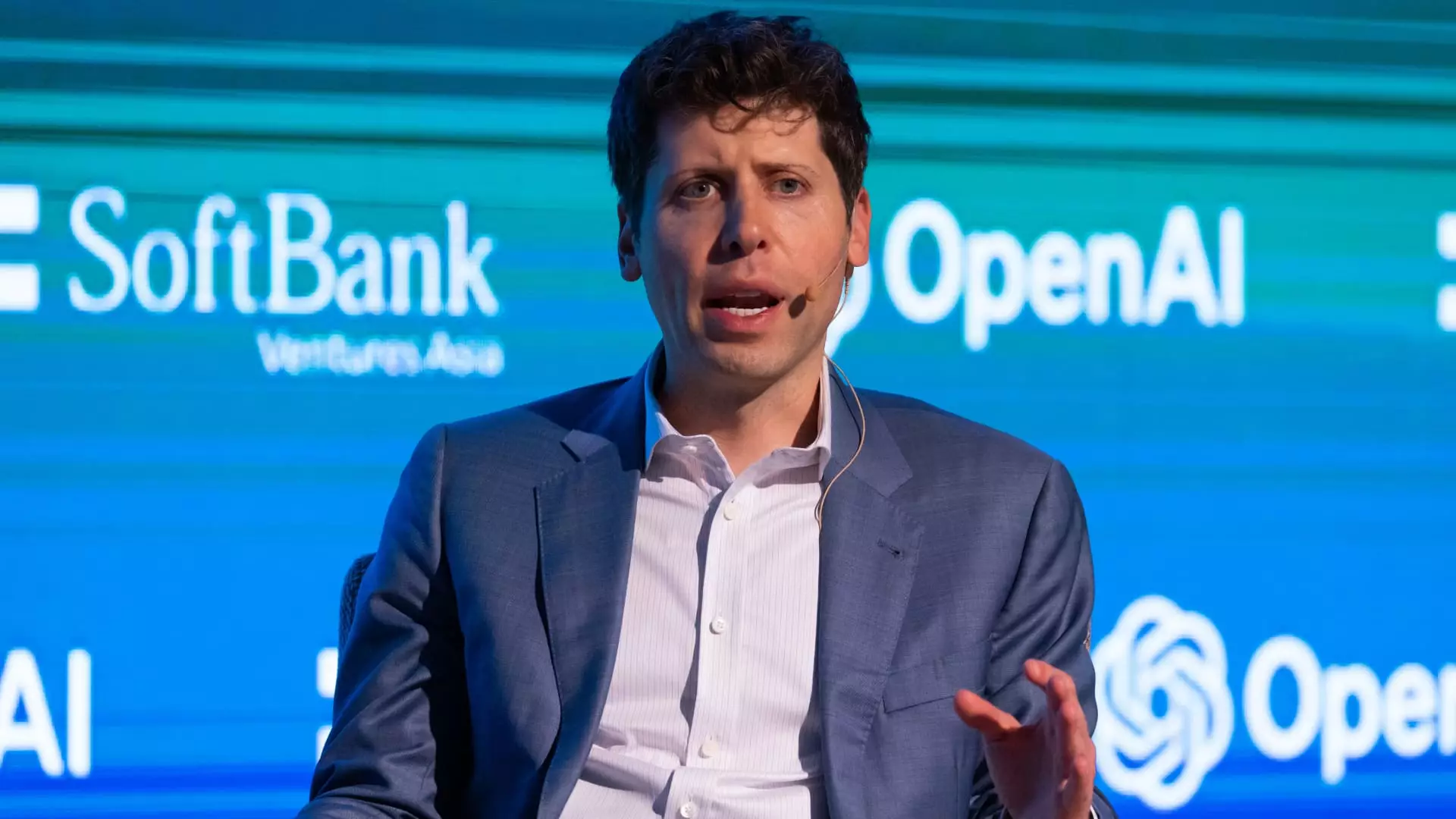The recent announcement by OpenAI to transition towards a new for-profit structure by 2025 marks a significant pivot in the organization’s operational approach. Once firmly established as a nonprofit with lofty ideals, the shift to a public benefit corporation (PBC) reveals the mounting pressures faced by the company in the competitive world of artificial intelligence (AI) development. OpenAI’s evolution reflects broader trends in the tech industry, where the need for rapid capital growth clashes with ethical considerations and long-term goals.
OpenAI has indicated that the move to a PBC is not merely a change in designation but a strategic maneuver essential for pursuing substantial funding. In an official statement, the board noted that “hundreds of billions of dollars” being funneled into AI by leading firms necessitate a reevaluation of how OpenAI raises capital. The shift aims to attract more investors by allowing for traditional equity investment, a departure from the intricacies of the previous structure that constrained conventional funding avenues. By eliminating nonprofit restrictions, OpenAI seeks to enhance its operational flexibility and appeal to a broader range of investors who may be hesitant to engage with a nonprofit-driven entity.
This decision also comes in light of the immense valuation of OpenAI, which skyrocketed to approximately $157 billion shortly after the launch of ChatGPT. This unprecedented growth trajectory underscores a critical point: to maintain momentum amidst fierce competition from tech giants such as Microsoft, Google, and Amazon, further capital injection is indispensable. As the AI market is projected to surpass $1 trillion in revenue in the next decade, the urgency for OpenAI to recalibrate its financial strategy cannot be understated.
While the restructuring offers potential advantages, it is not without significant challenges. Chief among these are the ongoing legal disputes, particularly with Elon Musk, one of OpenAI’s co-founders. Musk’s vocal opposition and lawsuits against the proposed transition to a for-profit model reflect deeper rifts within the organization. His public statements characterizing the shift as a “total scam” not only challenge OpenAI’s legitimacy but also expose the internal misalignment among the founding members regarding the organization’s mission and structure.
Moreover, the high-profile exits of key personnel exacerbate the potential instability within the company. Departures from executive positions, including the Chief Technology Officer and other senior researchers, may signal growing discontent with the focus on commercial product rollouts at the potential expense of safety and ethical considerations in AI development. The fact that some of these individuals have opted to join competing firms emphasizes a critical concern about OpenAI’s internal culture and strategic direction. Leaders within the organization must therefore grapple with both the ramifications of these departures and the narratives that accompany them.
As OpenAI transitions to a PBC, there is an inherent need to balance aggressive growth with a commitment to ethical responsibilities. The company has always championed itself as a pioneer in the field of artificial general intelligence (AGI), with a mission to ensure that such technologies benefit humanity as a whole. However, the growing perception that safety and responsible development have taken a backseat to commercialization raises valid concerns. If OpenAI is to successfully navigate this transformation, it must not only focus on attracting capital but also invest in maintaining rigorous safety protocols and ethical practices.
The establishment of a separate nonprofit arm, which will continue pursuing charitable initiatives in health care, education, and scientific research, showcases a commitment to ethical accountability. Nonetheless, critics may question the effectiveness of such bifurcation in addressing the complex challenges posed by AI development. The decision must resonate both internally with employees and externally with stakeholders who are increasingly scrutinizing corporate practices in light of societal impacts.
Looking ahead, OpenAI’s transition will likely shape its identity and operational paradigm significantly. The success of this restructuring hinges on the organization’s ability to reconcile the juxtaposition of rapid growth with ethical considerations in technology deployment. By transparently addressing internal conflicts, fostering a culture that emphasizes safety, and maintaining its original mission integrity, OpenAI could emerge as a leader in the AI landscape that embodies both innovation and responsibility.
The impending transition to a public benefit corporation is a double-edged sword. With the potential to unlock critical funding while offering room for ethical outreach, it remains imperative for OpenAI to navigate this landscape with a steady hand. Stakeholders, investors, and the broader public will be closely watching as OpenAI strives to redefine its impact in an industry at the forefront of unprecedented change.


Leave a Reply